How to Recognize Sable Color In Dogs
10.11.2020.
Deciphering dog coloration can be a tricky business. Sable color in dogs is one of those colors that are not commonly used worldwide, so some owners might have a problem when picturing what a sable colored dog looks like. To fully understand a sable colored dog, first, we need to understand what sable means.
Sable color
The term “sable” refers more to a color pattern than an actual color. It can be very different for different breeds; the important thing is that the hair on a dog’s body is lighter at the base than it is on the tip.
The term sable in the US is mostly used to describe black dogs with lighter hair at the root. In Germany, that same color is called grey (“grau” in original German). Both descriptions are not entirely accurate, but dog breeders understand the meaning. On the other hand, dog owners and future dog owners might have never heard about the term and can easily get confused by definition.
Sable fur in dogs
Sable fur can have different colors and can have different coat lengths. Sable pattern can have fawn, black, brown, or red. The combinations are nearly endless. Sable fur is considered somewhat rare and is highly praised in the breeder community, although sable dogs might not experience conformation victories because judges prefer traditional breed colors.
What breeds can have sable patterns?
Many breeds can have sable patterns; the only difference is which colors are included in the sable pattern. Some dogs have darker tips, and they have a darker appearance, while others have darker brown and tan at the root of the hair. That combination gives to dog a lighter appearance, and the term sable can’t be used to describe nearly black dogs.
The most famous sable dog breeds are:
1. Shetland Sheepdog
The adorable medium-sized working dog has a beautifully rich coat that often has sable patterns and coloring. Popular Shelties can have different color combinations on a single hair, and sable Shetland Sheepdog usually has dark tips and fawn, brown, or even whiteish hair at the root. These dogs can also have a merle pattern.
The lovely Sheltie is known for their beautiful thick coat. To help maintain such a luscious coat, you can use this de-shedding tool: FURminator Dog Grooming Rake.
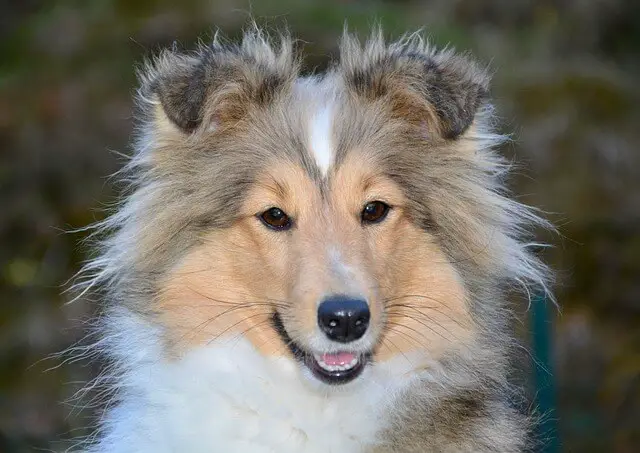
2. Pug
This lovable little Chinese companion dog can have a beautiful sable coat. Their hair is mostly grey with dark tips. This pattern is especially noticeable on their backs and the top of their heads.
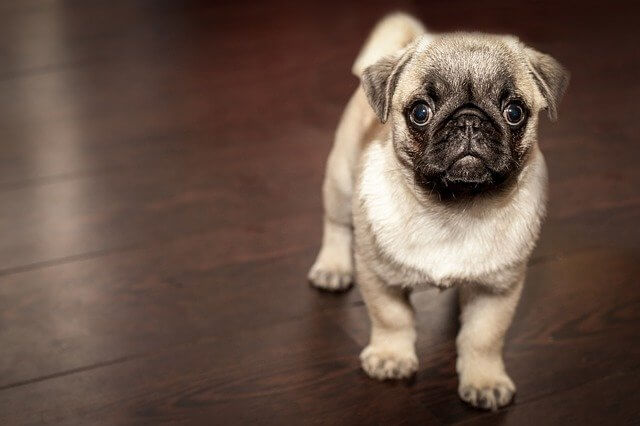
3. Borzoi
This Russian regal dog is definitely a show stopper. They are huge and impressive with a beautiful, slightly wavy coat. They are excellent pets, but they have a high prey drive that will make them chase rabbits and smaller animals.
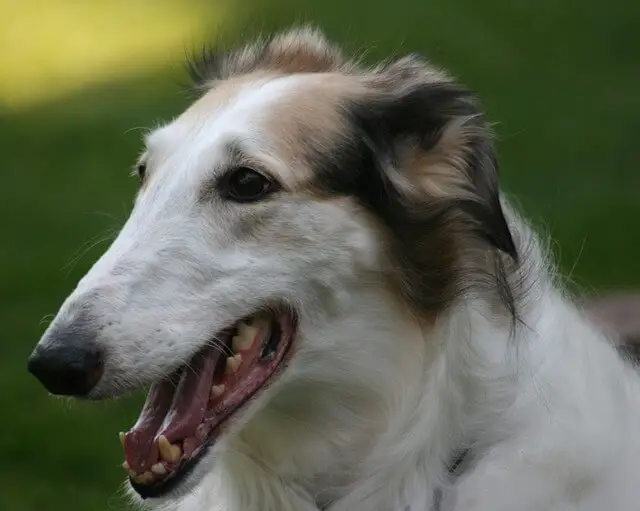
4. English Mastiff
This impressive dog giant has a short, smooth coat that can have a sable pattern. These dogs usually come in fawn or apricot, and if they have a sable pattern, their coat tips can even be black. This breed can have a brindle pattern across its body.
Mastiffs are one of the biggest dog breeds out there and certainly one of the laziest. If you don't want to share your couch with your Mastiff, think about getting them a nice comfy bed like the Faux Fur Furhaven Pet Bed.
5. Collie
One of the more famous sable dogs is the Scottish Collie. These dogs have two varieties; the rough-haired and the smooth. These dogs have rich, fluffy coats that can have a beautiful sable pattern in them.
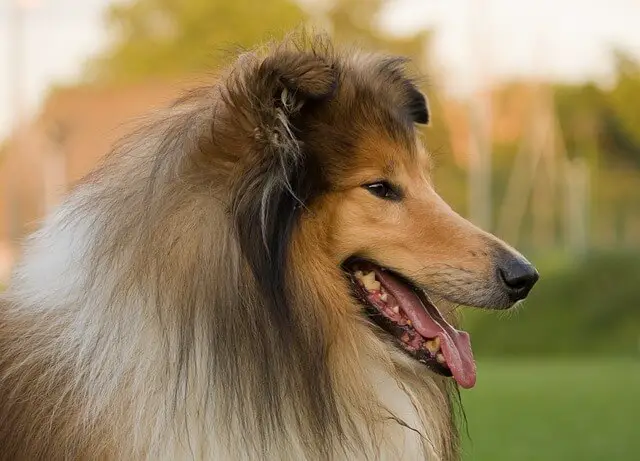
Sable German Shepherd
The German Shepherd is the world’s best working breed, and there has been a lot of talk about the sable German Shepherd Dog. It is one of the most famous sable dogs, and that pattern really suits them.
Sable German Shepherds can have different sable combinations ranging from tan, red, and grey. Some of them have an entirely black mask that is allowed by their standard. Genetically speaking, sable is the most dominant German Shepherd color. Some GSD owners prefer black German Shepherds, and we can agree that it is an impressive dog, but sable is just a pattern that is the first thing most of us think about when we picture a German Shepherd, we just don’t know that we are thinking about a sable pattern.
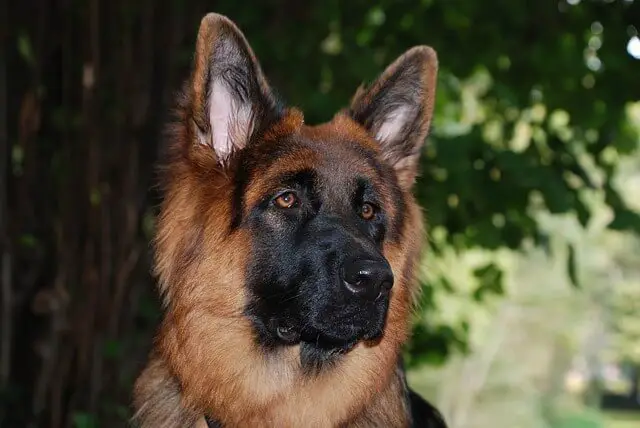
Does sable coloring affect the German Shepherd?
The only effect it has on this breed is that it gives them a different appearance. Some owners think that these dogs are more elegant than the traditional black-and-tan GSDs. There haven’t been any official studies about the effects sable coloring has on these dogs, but everything points to the conclusion that it does not affect the dog’s behavior or health.
World Dog Finder team

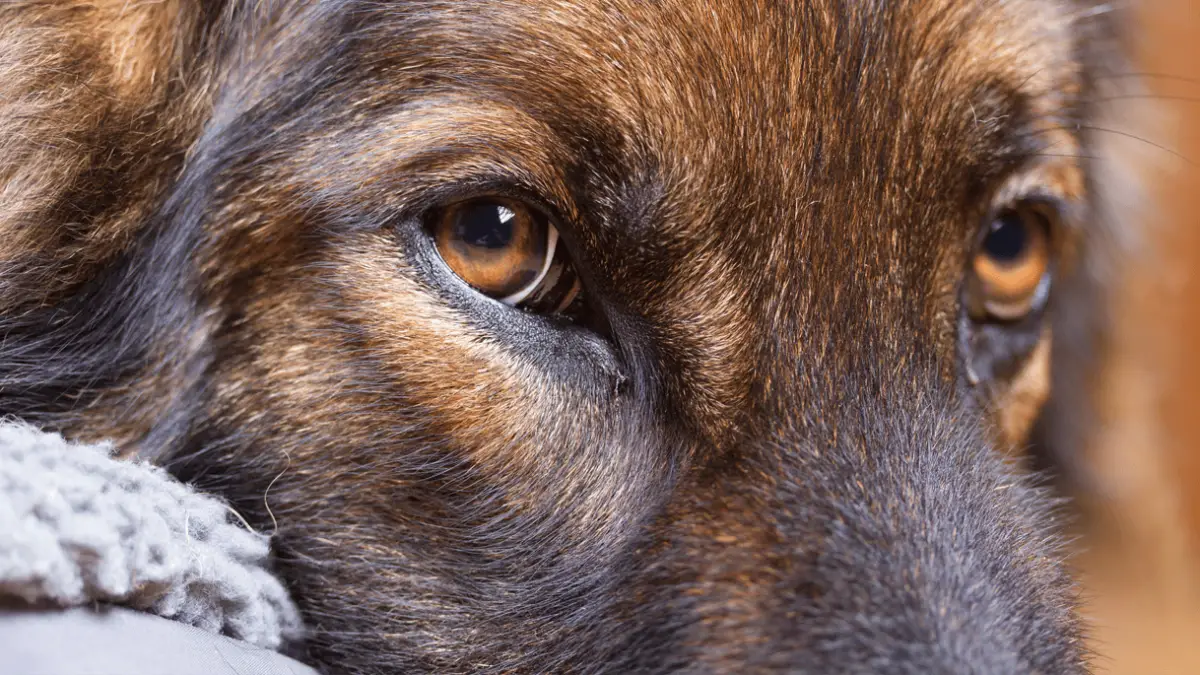
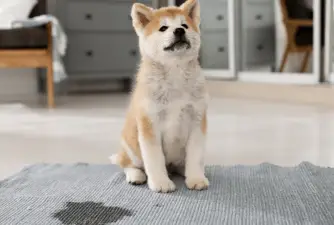
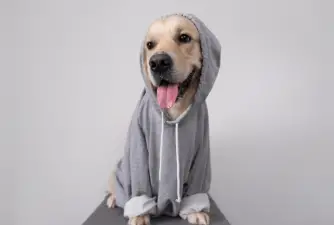
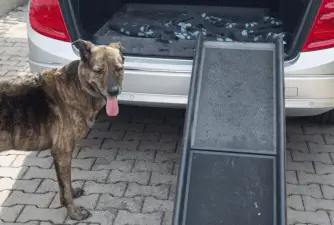


Share